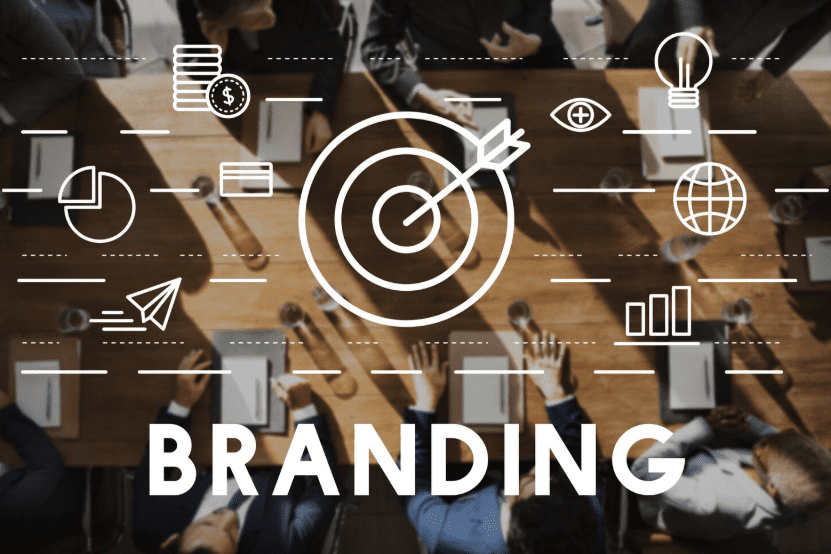
Home
Our Blog
Updated on:
Read time:
3 min
Recruitment is moving from gut-feel to data-driven precision. At Liplyn, we’re building the rails: a recruitment analytics stack powered by millions of job listings collected over the past decades, refreshed daily with thousands of new roles. On top, we’ve built a live dashboard that tracks views, clicks, and confirmed placements by region and job category, so you can set budgets confidently, predict outcomes, and scale hiring with a clear ROI.

Massive signal advantage: Historical depth + live flow means you see trend lines and what’s surging today.
Full-funnel visibility: Impressions → views → clicks → applications → placements, broken down by market and role.
Speed insights: We know which roles fill fast (high demand + high engagement) and which are slow—so you can adjust strategy before campaigns stall.
What’s unique about Liplyn?
We run five job boards and unify their CV databases into one sourcing tool with 50.000 C.V.. We’re also expanding with passive candidate profiles. In the Netherlands alone, we can provide ~800,000 profiles across blue-collar and white-collar roles. Last but not least we harvest millions of job listings, and the dataset is growing.
Bring the best of B2B lead scoring to candidates and jobs.
Skills & semantics: Beyond keywords—semantic matching detects transferable skills and adjacent titles.
Compensation & location fit: Alignment to market medians and commute/remote preferences.
Seniority & experience curve: Weighted by role complexity and industry norms.
Recency: Fresh profile activity, recent searches, and new applications carry more weight.
Responsiveness: Reply speed to prior outreach predicts likelihood to engage again.
Market heat: If similar roles are filling quickly, the model nudges urgency and bid.
Probability of apply / interview / hire at a campaign level.
Recommended CPC (cost-per-click) to hit target cost-per-hire.
ETA to fill (time-to-fill prediction) with confidence bounds.
Per region & per job category you’ll see:
Traffic: views, CTR, clicks
Quality: applies per 100 clicks, interview rate, offer rate
Conversion to hire: click→apply→hire funnel
Speed: median & p75 time-to-fill
Cost: CPC, CPA (cost-per-apply), CPH (cost-per-hire)
Benchmarks: how your campaign compares to the market this week vs. historical
Pro tip: Use the benchmark panel to spot under-bidding in hot markets and over-spend on slow movers.
We translate live performance and history into CPC advice that maximises ROI.
Simple maths (illustrative):
Click → Apply rate = 8% (0.08)
Apply → Hire rate = 10% (0.10)
So Click → Hire = 0.8% (0.008)
Target Cost-per-Hire (CPH) = €1,500
Recommended CPC = CPH × (Click→Hire) = €1,500 × 0.008 = €12
Our system refines this with role/region seasonality, competition, and real-time engagement so your bids adapt automatically.
We forecast how long it will take to fill a role from the moment you post, using:
Look-alike history: similar titles, skills, seniority, region, salary band
Live momentum: views, CTR, application velocity in the first 24–72 hours
Market tension: candidate supply vs. demand and competing postings
Outcome: a clear ETA range (e.g., 12–18 days) plus the budget and CPC required to stay on track.
Budgeting by outcome: Shift from flat budgets to target CPH & guaranteed pipelines.
Adaptive bidding: CPCs that self-optimise by hour, channel, and audience.
Talent velocity indices: Standardised, comparable “speed-to-hire” scores by role/region.
Privacy-safe enrichment: Strong governance while expanding passive candidate insights.
Recruitment-as-a-Service (RaaS): Packaging data, distribution, and matching as an always-on service.
Spend smarter: Put budget where the funnel converts.
Move faster: Prioritise roles with high velocity; escalate early on slow movers.
Forecast with confidence: Enter hiring plans with expected CPH and ETA you can defend to finance.
Get In Touch